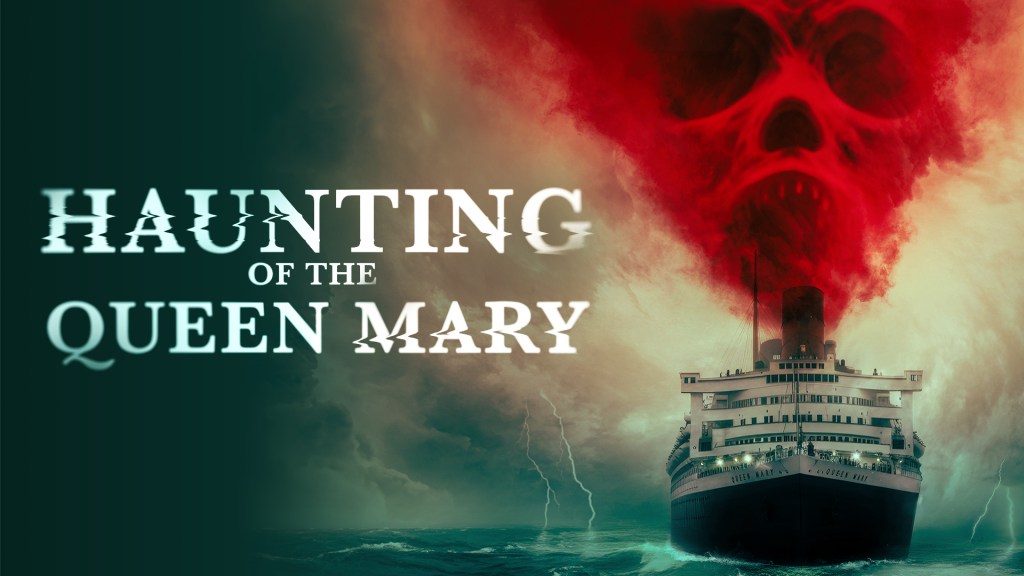
From the Yale Center for British Art:
This is one of several paintings Walter Sickert made in response to a gruesome murder of a prostitute that took place in Camden, North London, in September 1907. Sickert, who had worked in the area for several years, was intrigued by the unsolved case, using the title The Camden Town Murder for a group of paintings between 1908 and 1909. None of these works depict an actual murder, with the woman in this painting popularly supposed to be sleeping rather than dead. Sickert’s use of the alternative title in parentheses—a wry parody of Victorian narrative paintings—confirms the artist’s refusal to confirm a single meaning for this enigmatic picture. What is never in doubt, however, is Sickert’s commitment to subject matter that many of his contemporaries would have seen as sordid, rendered in a markedly modern style.
Gallery label for installation of YCBA collection, 2016
For a full discussion on the painting and the series, visit Walter Sickert: The Camden Town Murder and Tabloid Crime by Lisa Tickner published by the Tate.

